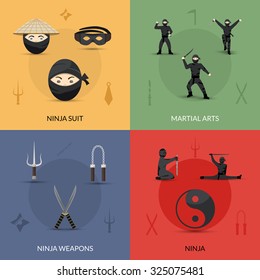Martial arts have an interesting background that extends centuries and continents. You may locate it interesting how old techniques like Shuai Jiao and Kalaripayattu laid the groundwork for modern-day combat strategies. These disciplines not just stress physical abilities but additionally show the societies that birthed them. As you discover their advancement, consider how globalization has changed these conventional kinds right into crossbreed styles. What influences do you assume have shaped today's martial arts landscape?
Ancient Martial arts: The Foundations of Battle
As you look into the globe of old martial arts, you'll uncover the abundant structures that formed fight techniques throughout societies. Early techniques concentrated on Self-Defense and survival, usually including strikes, hurting, and weapons.
In martial arts like judo , as an example, techniques like Shuai Jiao emphasized throws and joint locks, while India's Kalaripayattu showcased dexterity and liquid movement. Japanese samurai developed Kenjutsu, a polished swordsmanship that highlighted technique and strategy.
These martial arts served not just for battle but also as a way of individual growth, instilling worths like regard and willpower. The mixing of these techniques gradually laid the groundwork for the varied martial arts you see today, each mirroring the special approaches and demands of its culture.
The Social Influence on Martial Arts Advancement
While martial arts frequently mirror the functional requirements of a culture, they additionally embody the social worths and beliefs of their beginnings. When you check out various martial arts, you'll see just how they're influenced by religion, philosophy, and social norms.
As an example, the focus on respect and self-control in Japanese martial arts originates from Zen Buddhism and samurai society. In contrast, Brazilian Jiu-Jitsu advertises adaptability and approach, formed by the need for effectiveness in a diverse, modern atmosphere.
You may discover that the routines, uniforms, and training methods mirror a community's history and identification. By comprehending these social impacts, you deepen your recognition of martial arts and their role fit human experiences around the world.
Modern Adaptations and the Globalization of Martial arts
Martial arts have actually transformed considerably in current decades, adapting to modern society and global impacts. martial arts near you 'll observe that traditional kinds have combined with modern-day techniques, producing hybrid styles like mixed martial arts. These adjustments cater to varied audiences, making martial arts easily accessible and enticing around the world.
With the surge of social media and digital platforms, you can discover tutorials and competitors from all corners of the world, breaking geographical barriers. This globalization has actually resulted in a shared appreciation for various self-controls, from Brazilian Jiu-Jitsu to Taekwondo.
As you involve with these arts, you'll realize they're not just about fight; they promote fitness, self-control, and psychological health.
Inevitably, modern-day adjustments have enriched the martial arts landscape, making it a dynamic and evolving practice.
Verdict
In exploring the history and development of martial arts, you uncover a fascinating blend of techniques, societies, and philosophies. From ancient disciplines like Shuai Jiao and Kalaripayattu to the contemporary flexibility seen in MMA, martial arts show humankind's pursuit for Self-Defense and personal development. As you engage with these methods, you not just gain skills yet additionally a much deeper gratitude for the diverse traditions that shape our world today. So, proceed your journey and welcome the art of battle!
